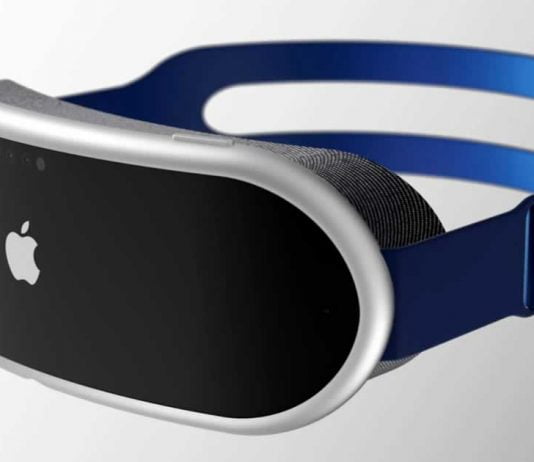Apple’s plans to unveil a mixed reality headgear featuring virtual and augmented reality abilities appear to be progressing ahead of a possible official announcement later this year. However, one widely awaited technology may arrive a little later than originally planned.
According to Bloomberg, Apple has delayed the release of its first augmented reality glasses “indefinitely” owing to “technical challenges” in product development. In return, the company is prepared to sell a less expensive mixed reality headset than what we will most certainly see at WWDC.
The augmented reality glasses, which were scheduled to be released in 2024 or 2025 as a continuation of virtual reality and augmented reality glasses, would also be lighter in design since the company’s objective is for the user to be able to wear them almost all day. It’s unclear what technical challenges Apple has in developing its AR lenses. However, many company employees are said to be doubtful that the item would ever be publicly unveiled.
Due to the delay in releasing these glasses, the company decided to disclose an affordable version of the mixed reality headset that we may see this year. According to reports, Apple developers are working on a less-priced version that will cost less than the Quest Pro, be on pace with the iPhone, and employ less expensive hardware to achieve that aim.
The original flagship will have a 4K display built in for both eyes, but the lower-priced sequel will most likely feature a lesser-resolution display. Engineers at the company are also thinking of decreasing the number of cameras and shrinking the CPU, which would eliminate the need for an internal fan. Instead of incorporating motors that automatically change the field of view in its lower-cost headsets, Apple might require customers to alter the field of view manually. At the same time, reports say that the high-end mixed reality headset would be equipped with CPUs similar to those found in a Mac.
This is a clear indication that Apple is serious about expanding into the mixed reality space and making this technology more accessible to the masses.


